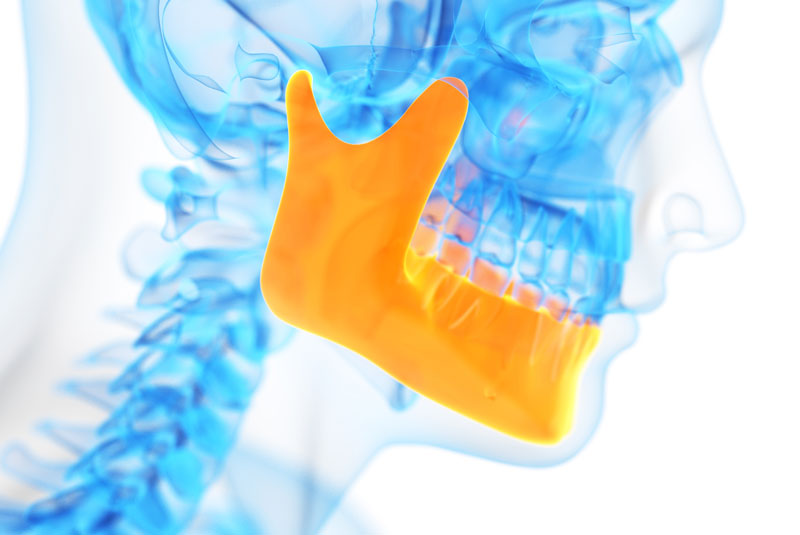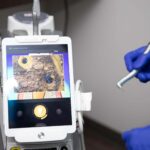Dental implants are the number one way to replace missing or extracted teeth. However, the dental implant placement procedure requires a patient to have enough healthy bone to support and stabilize the dental implant. If a patient has suffered bone loss and wants to get treated with dental implants, bone grafting in Bloomfield Hills, MI, can be a reliable, practical solution.
How Does Bone Grafting In Bloomfield Hills, MI, Work?
Bone grafting regenerates lost bone tissue by introducing grafting material to the site of the jawbone with bone loss. After placement, the grafting material fuses with the existing bone. This creates a healthy, more stable foundation for future dental implant placement.
Though the term bone grafting is used broadly, there are several types of bone grafting techniques and solutions that a skilled periodontist can use. These include ridge augmentation, ridge preservation, sinus lifts, guided tissue regeneration, plasma rich protein growth, and bone morphogenic protein growth. Since every patient’s case is unique, patients should work with their periodontist to determine which procedure makes sense for their specific needs.
Bone Grafting Procedures
Ridge Augmentation:
The ridges of the jaw may start to show signs of indentation due to progressive bone loss. In this situation, adding bone graft material to those “indents” can revitalize the strength, function, and appearance of the jaw ridge. This ultimately leaves the jaw able to accept dental implants.
Ridge Preservation:
If a patient expects to replace a tooth with a dental implant after an extraction, the patient’s doctor may preserve the socket. Ridge preservation involves adding bone tissue and regenerative components into the site of the extracted tooth. The components fuse with the surrounding bone and it creates a solid foundation for a future dental implant.
Sinus Lifts:
The bone in the upper part of the mouth can start to shrink after tooth loss, too. A sinus lift (also called a sinus augmentation) adds more bone below the sinus cavity. The additional bone becomes a supportive platform for dental implants in the upper molar region.
Guided Tissue Regeneration:
Jawbone strength is not the only thing that can be affected by tooth loss. Gum tissue can break down as well. Guided tissue regeneration encourages formation of both hard and soft tissues. During guided tissue regeneration, the doctor places biocompatible barrier membranes to key areas of the mouth below the gumline. Guided tissue regeneration can be an excellent precursor to dental implant placements in patients who have had extensive gum disease.
Plasma Rich Protein Growth:
Most patients want to wait as little time as possible to receive their dental implants after bone grafting. The introduction of plasma rich protein growth factors at the site of bone grafts can prompt faster healing by stimulating quicker production of new, healthy tissues. Bone morphogenic protein growth can also be used for this purpose.
We Can Treat You With Bone Grafting In Bloomfield Hills, MI
Like all oral health decisions, you will want to work with your doctor to determine which pre-implant process bone grafting procedure is best suited for your needs. Our exceptional periodontist, Dr. Lauren Anderson, offers a variety of bone grafting choices to ensure that you have enough bone to support your future dental implants.
Get in contact with Dr. Lauren Anderson at our Anderson Periodontal Wellness office to schedule an appointment today! Dr. Anderson has a reputation for providing leading-edge periodontal solutions to help patients get the advanced, individualized care they need, want, and deserve.





